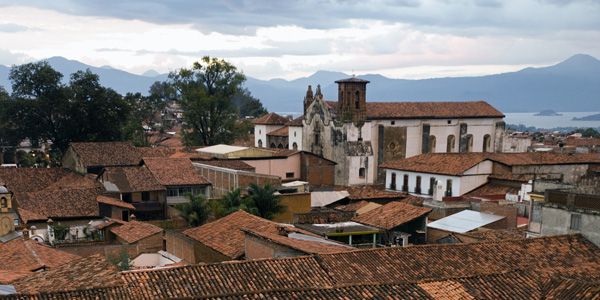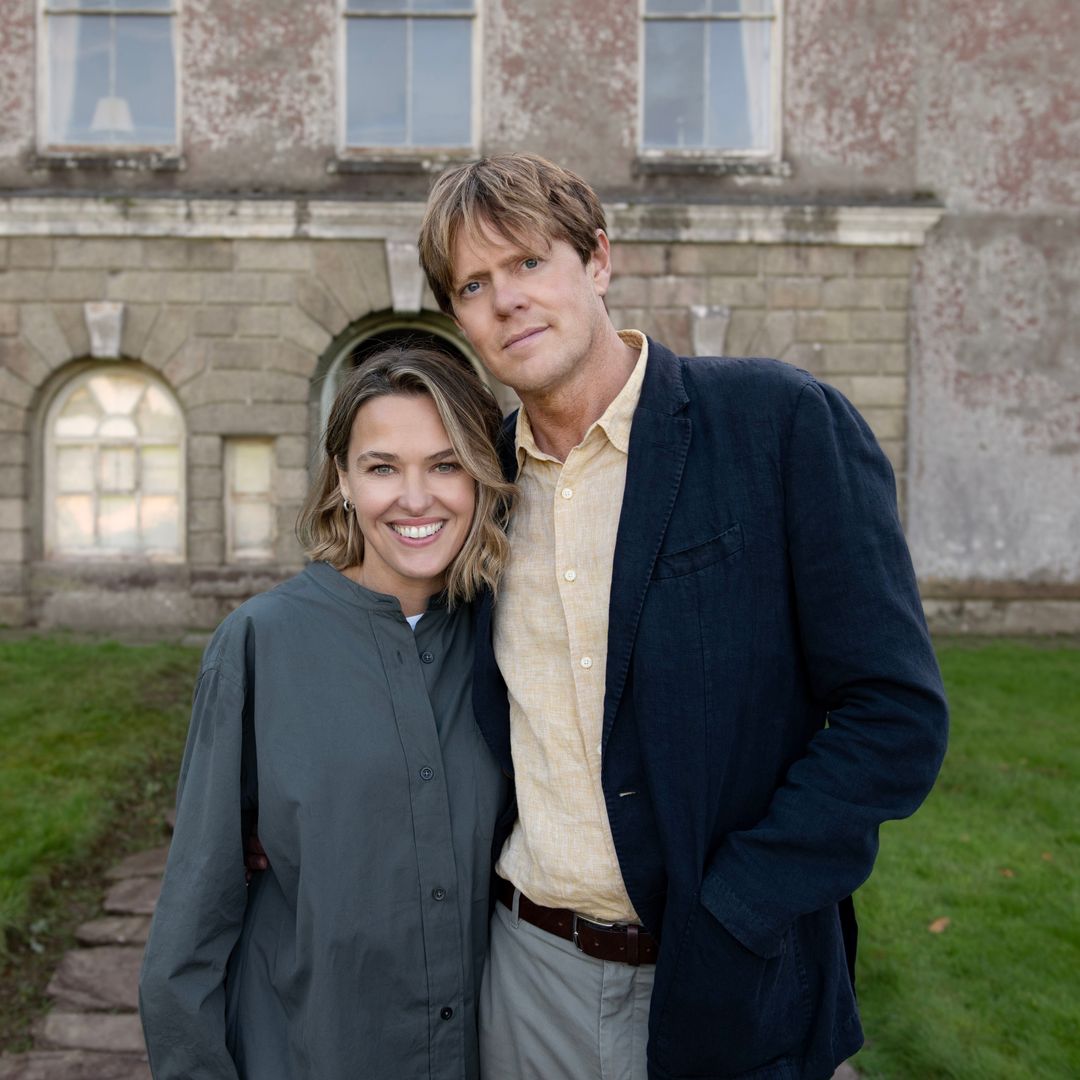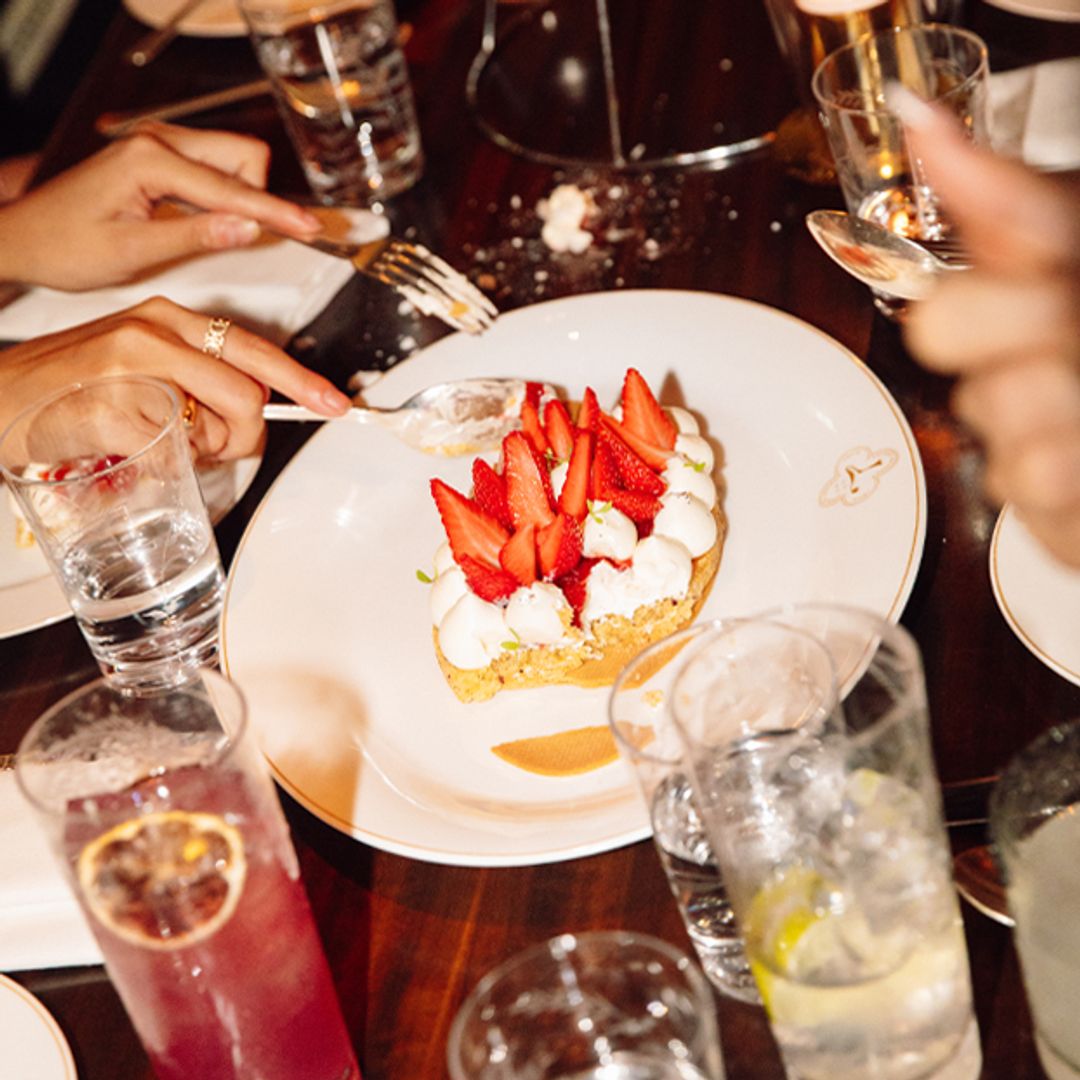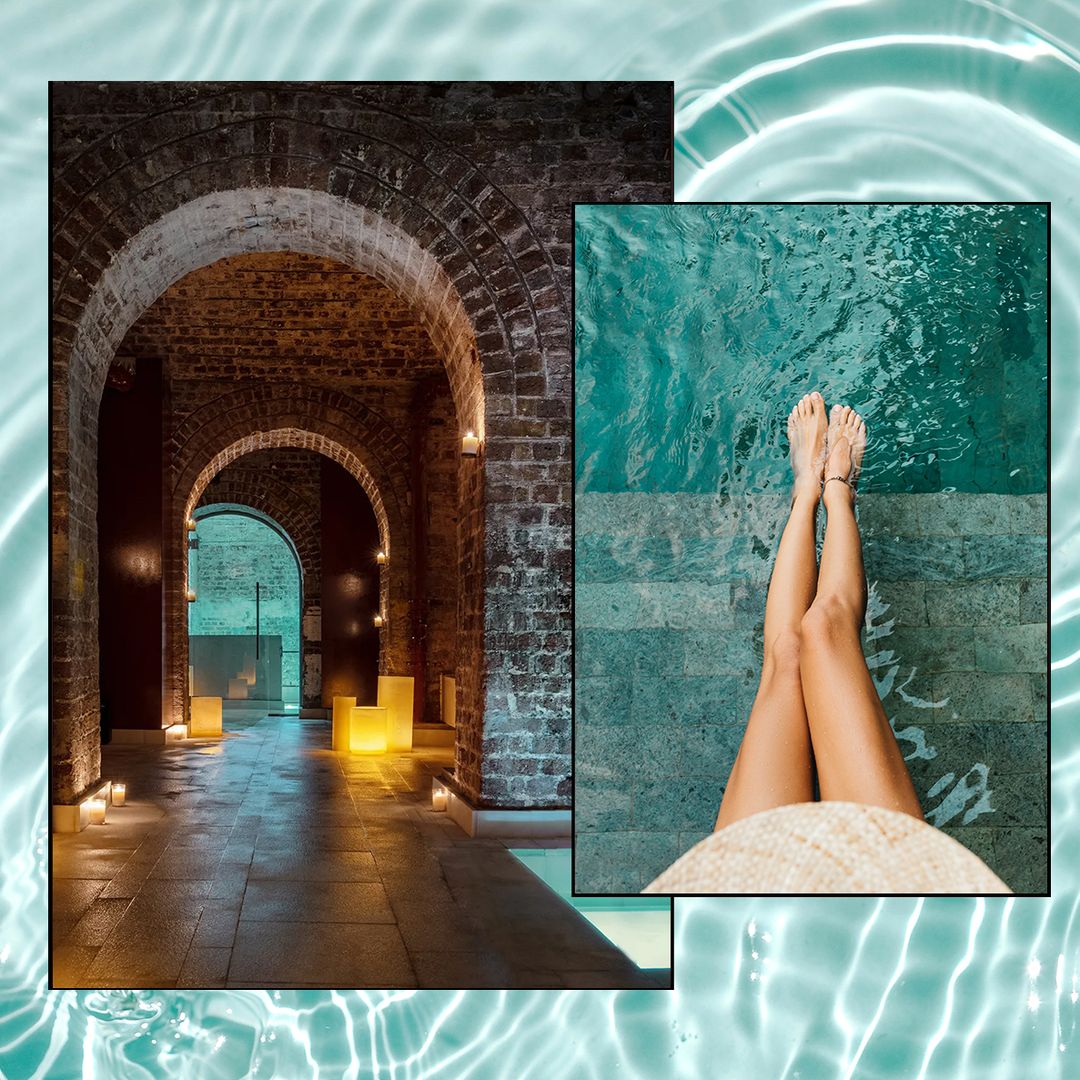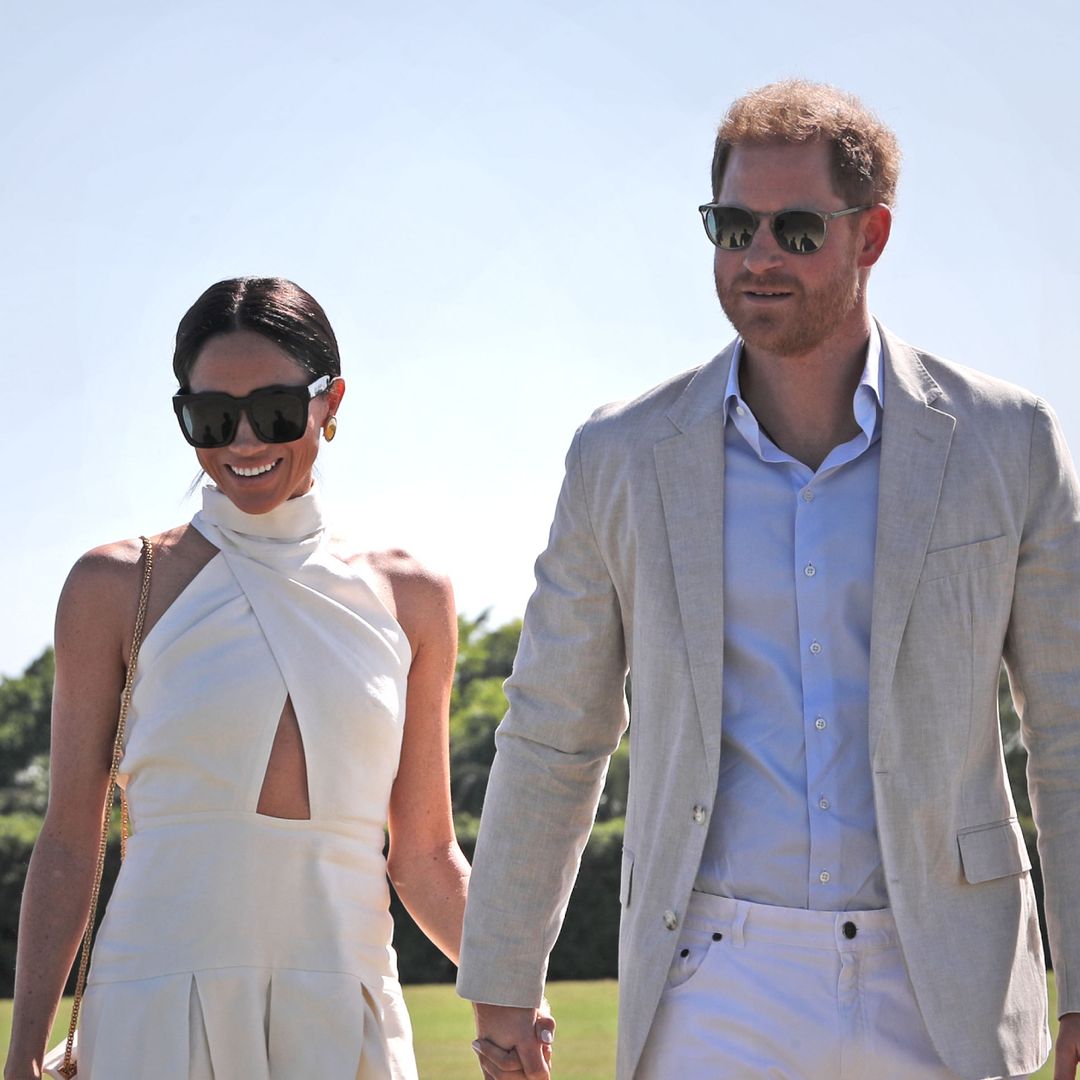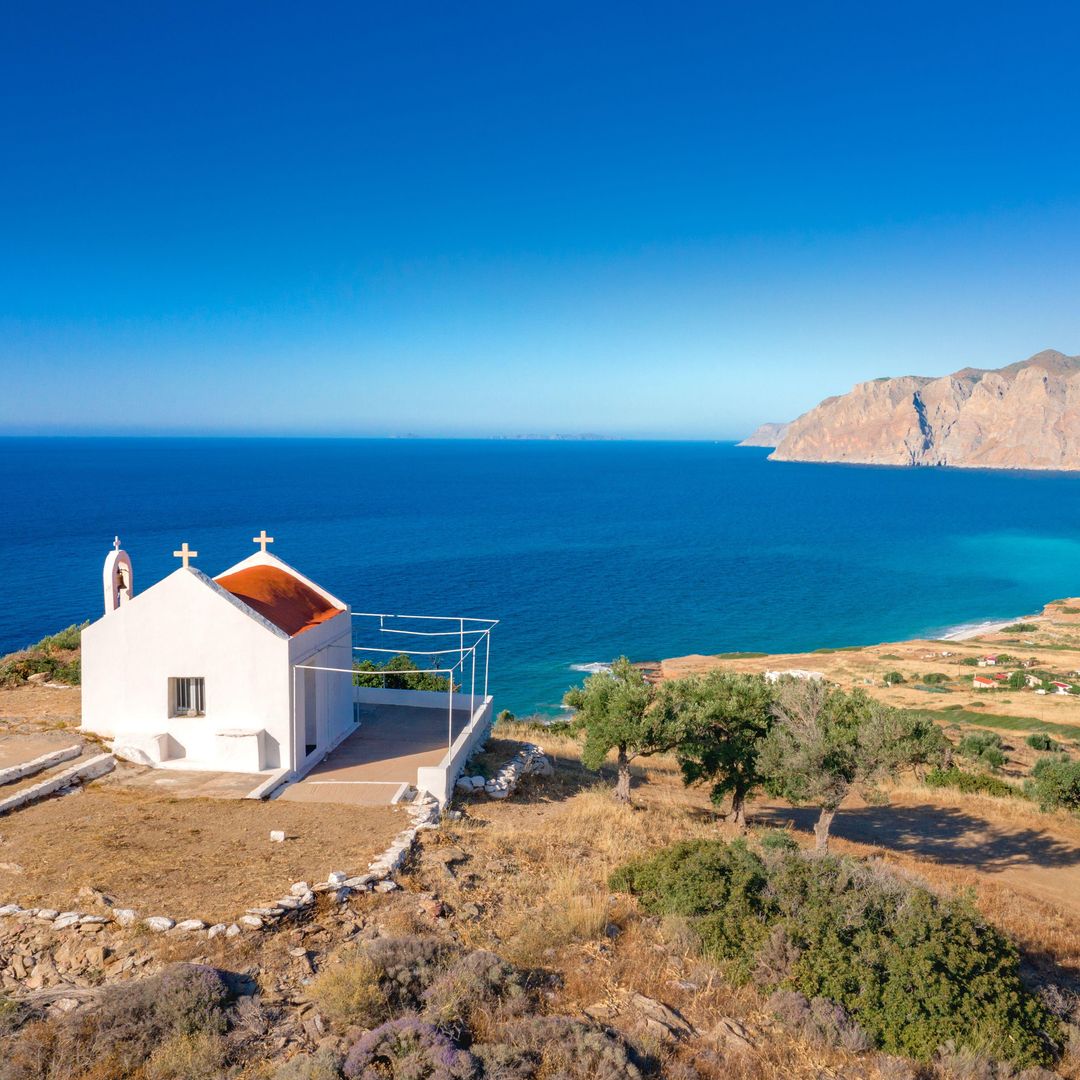First inhabited over 10,000 years ago, the state of Michoacan on the western coast of Mexico boasts a rich history and culture as well as a host of natural marvels from great rivers and volcanic mountains to the multitudinous Monarch butterflies who come each autumn to overwinter here.
500 years after his death the people of Michoacan in Mexico still remember with affection the Spanish bishop they knew as Tata Vasco – 'grandfather Vasco'.Utopiade Quiroga was paramount in creating a more just and sustainable social structurela ruta de don Vasco the great heritage of the area, both tangible and intangible, with its architecture, legends, festivals, customs, crafts and cuisine
The three largest cities in the state – Morelia, Patzcuaro and Uruapan – form the backbone of the route, which branches out to include 122 villages in all, where over 60% of the Purepecha population of Michoacan live.Morelia, the state capital, is a UNESCO World Heritage Site and a leading cultural city. It is home to the Michoacan University of San Nicolas de Hidalgo, which grew from the first school of arts and crafts founded by de Quiroga in Patzcuaro. An hour out from Morelia, in Santa Fe de la Laguna near Lake Patzcuaro, is the first hospital-town the multi-faceted missionary founded in 1533, based on the social structure posited by the great English churchman and social philosopher, Thomas Moore, in his book Utopia.
Tzintzuntzan, the ancient Purepecha capital is set on the northeast shore of Lake Patzcuaro. What used to be the centre of political and religious power is the site of a major Franciscan monastery complex, notable for its atrium, one of the biggest in the country, where hundreds of olive trees grow, which are said to have been planted by Don Vasco. Close by, is the town of Santa Clara del Cobre, where 80% of the population is engaged in copper work (cobre is Spanish for copper) and where a visit to the artisan workshops is a must for any traveller.
Patzcuaro is one of the magic towns of Mexico – a title given to small towns with particular historical and cultural wealth. It's an essential stop on the Don Vasco Trail as the great man is buried in the church here. Here, too, is where the bishop established the first school of arts and crafts. His idea was that each town and village should specialise in different crafts, which would encourage trade and create a stable local economy. This craft specialisation by location is one of the legacies that is still apparent in the area today.
Just half an hour by boat from Patzcuaro is the island of Janitzio. Here, from October 31st to November 2nd, the 'Noche de los Muertos' – the night of the dead – is celebrated, a traditional festival that is actually more a celebration of life than of death. The trail continues on to Uruapan, and here, on the edge of the National Park, is the huatapera – the name given to the colonial buildings built by the Franciscans as hospitals and lodging houses – where it is believed that Vasco de Quiroga died.Further stops on the trail include Nurio, Angahuan and Zacan – famed for its festival of the Purepecha people – at the foot of the volcano Paricutin. Each of the towns is the home to a different craft, still produced using techniques from the days of the Spanish missionary: the black glazed earthenware candlesticks from Santa Fe de la Laguna, the fabrics woven from panikua, a natural wheat fibre, in Tzintzuntzan, the embroideries and pottery of Nurio... the trail offers much to discover, much to enjoy, and much to experience.



